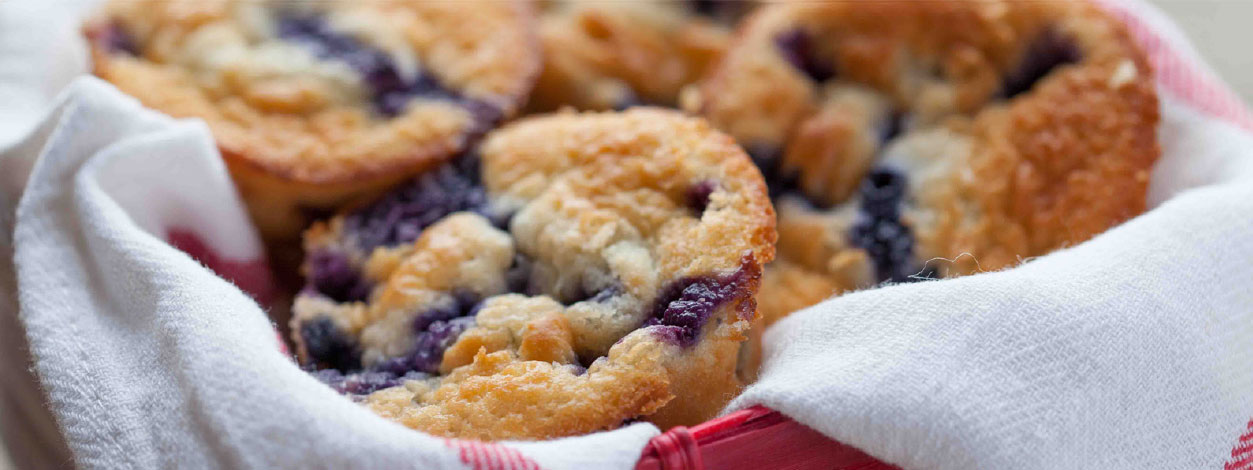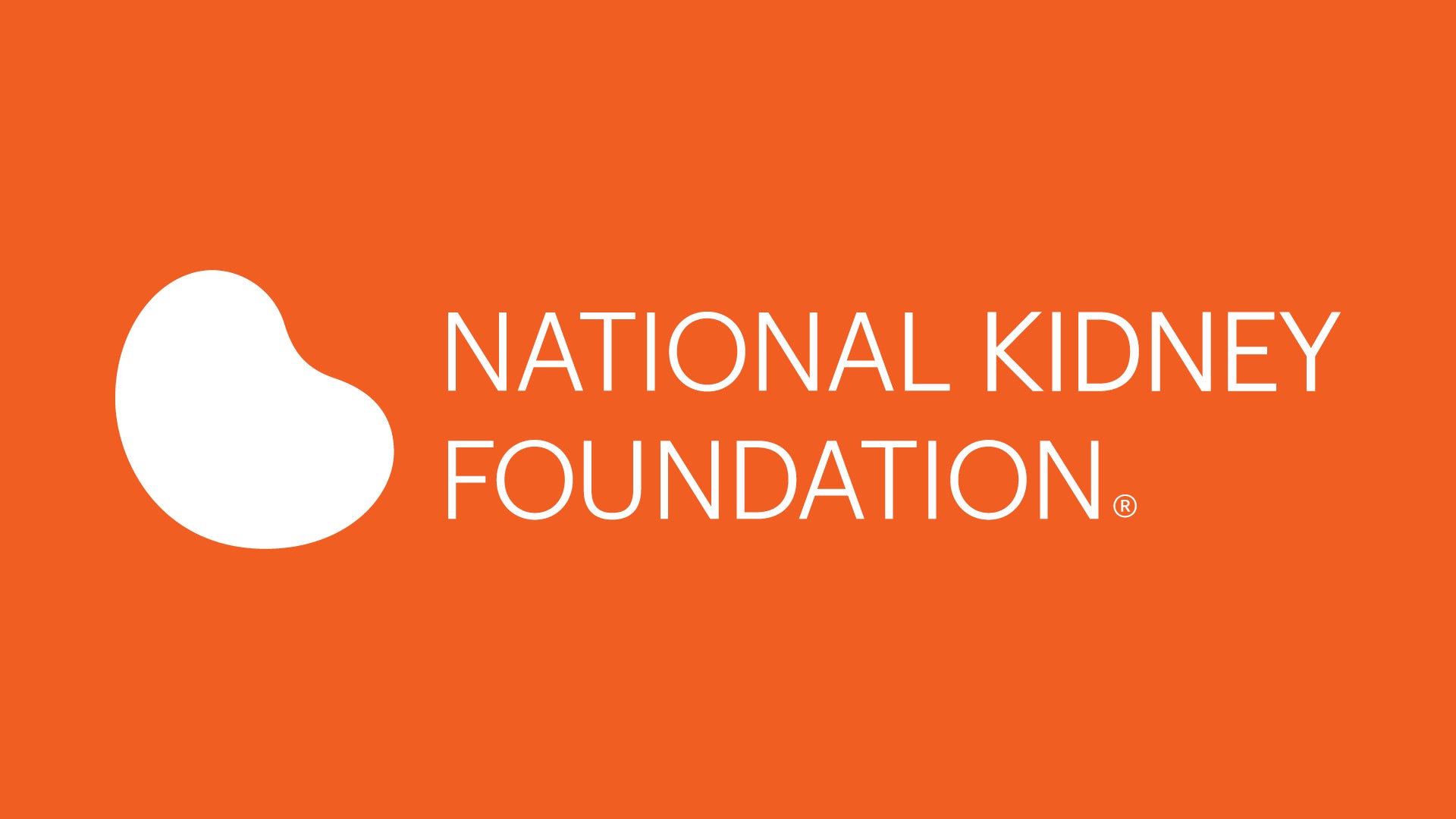Q
Queenie60
Guest
Hello: My father-in-law has recently started dialysis and I would like to prepare some meals for him. I know that their diets are very restricted. Has anyone on this forum made meals for a dialysis patient? If so, please share. My MIL is 91 and doesn't have the energy to think about meal prep.






300x240.png)